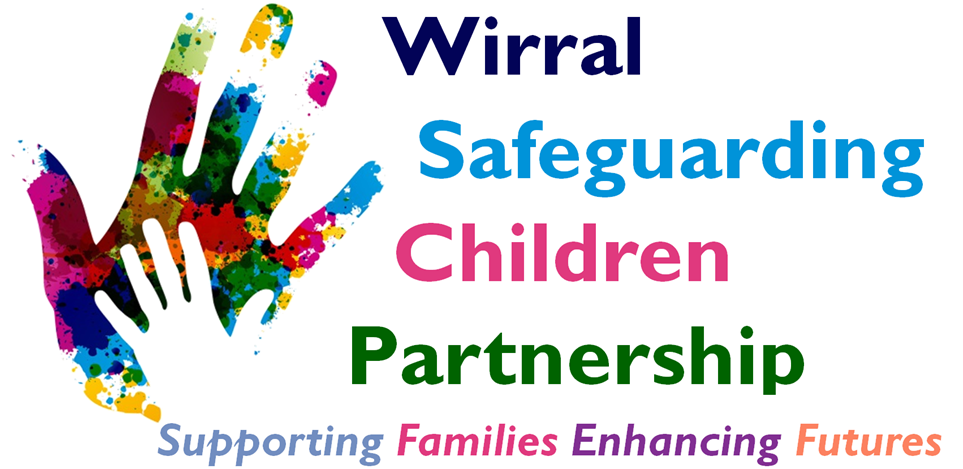Online Safety: WhatsApp
Age restriction: 16
This is WhatsApp’s minimum age.
WhatsApp is one of the most popular messaging apps in the world, with more than 1.5 billion people in more than 180 countries using it to send and receive text, photos, videos and documents, as well as make voice and video calls through an Internet or Wi-Fi connection. The free app offers end-to-end encryption, which means that messages can only be read by the sender and the recipient in one-to-one chats, or all members if it is a group chat. Not even WhatsApp can read them.
What do I need to know about WhatsApp?
AGE LIMIT CHANGE
Since May 2018, the minimum age for using WhatsApp is 16 years old if you live in the European Union, including the UK. Prior to this, the minimum age was 13, which still applies for the rest of the world. WhatsApp has not yet stated whether it will take action against anyone aged between 13 and 16 who already hold accounts under the old terms and conditions, such as closing their account or seeking parental permission.
SCAM MESSAGES
Occasionally on WhatsApp, people receive spam messages from unauthorised third parties or from fraudsters pretending to offer prizes to ‘lucky people,’ encouraging recipients to click on a link to win a prize. A common scam involves messages warning recipients that their WhatsApp subscription has run out with the hope that people are duped into providing their payment details. Other scam messages include instructions to forward the message in return for a reward or gift from WhatsApp or another person.
THE ‘ONLY ADMIN’ FEATURE AND CYBERBULLYING
Cyberbullying is the act of sending threatening or taunting
text messages, voice messages, pictures and videos, with the aim to hurt and humiliate the receiver. The group chat and group video call features are great for multiple people to chat simultaneously, but there is the potential for people to hurt others with their comments or jokes. The ‘only admin’ feature gives the admin of a group chat greater control over who can send messages. Whilst this can be good for one-way announcements, the group admin has the power to block somebody from responding to an offensive message in a chat, which could result in a child being upset and unable to reply.
CONNECTING WITH STRANGERS
To start a chat in WhatsApp, you need to know the mobile
number of the contact you want to speak to and they also need to have the app downloaded. WhatsApp can find contacts by accessing the address book of a device and recognising which of those contacts are using WhatsApp. If your child has shared their mobile number with some- body they don’t know, they can use it to get in touch via WhatsApp.
LIVE LOCATION SHARING
WhatsApp’s ‘Live Location’ feature enables users to share their current location in real time to their contacts in a chat, allowing friends to show their movements. The feature, which can be found by pressing the ‘attach’ button, is described by WhatsApp as a “simple and secure way to let people know where you are.”
Location-sharing is already a common feature on other social apps, including Snapchat’s Snap Map and Facebook Messenger and can be a useful way for a child to let loved ones know they are safe. However, if your child is in a group chat with people they do not know, they will be exposing their location.
What do children and young people dislike about it?
The main things children and young people say that they don’t like about WhatsApp are:
•Group chats can be used to bully people
•It can be addictive
•You can’t report messages
What do children and young people like about it?
The main things that children and young people said that they like about WhatsApp are:
•It’s an easy way to message friends and family
•You can block people
•It’s free to message over WiFi or using mobile data.
•Groups allow you to chat to lots of people at once
⭐TIPS
CREATE A SAFE PROFILE
Even though somebody would need your child’s phone number to add them as a contact, as an extra security measure we suggest altering their profile settings to control who can see their profile photo and status. The options to choose from are ‘Everyone,’ ‘My Contacts’ and ‘Nobody.’ We suggest selecting ‘My Contacts’ or ‘Nobody’ to ensure their profile is protected.
EXPLAIN HOW TO BLOCK PEOPLE
If your child has received spam or offensive messages, calls or attachments from a contact, they should block them. Messages and status updates sent by a blocked contact will not show up on the phone and will stay
undelivered. Blocking someone will not remove this contact from the contact list – they will need to be removed from the phone’s address book. To block a contact, your child needs to open the person’s chat stream and tap on the settings.
REPORT SCAM MESSAGES
Advise your child not to tap, share or forward any message that looks suspicious or sounds too good to be true. When your child receives a message from an unknown number for the first time, they will be given the option to report the number as spam directly inside the chat. They can also report a contact or a group as spam using the following steps: 1) Open the chat. 2)Tap on the contact or group name to open their profile information. 3) Scroll to the bottom and tap ‘Report Spam.’
DELETE ACCIDENTAL MESSAGES
If your child has sent a message to the wrong chat or if a message they sent has contained a mistake, they can delete it. To do this, simply tap and hold on the message, choose ‘Delete’ and then ‘Delete for everyone.’ The app allows seven minutes to delete the message after it has been sent, but it is important to remember that recipients may have seen and screenshot a message before it was deleted.

